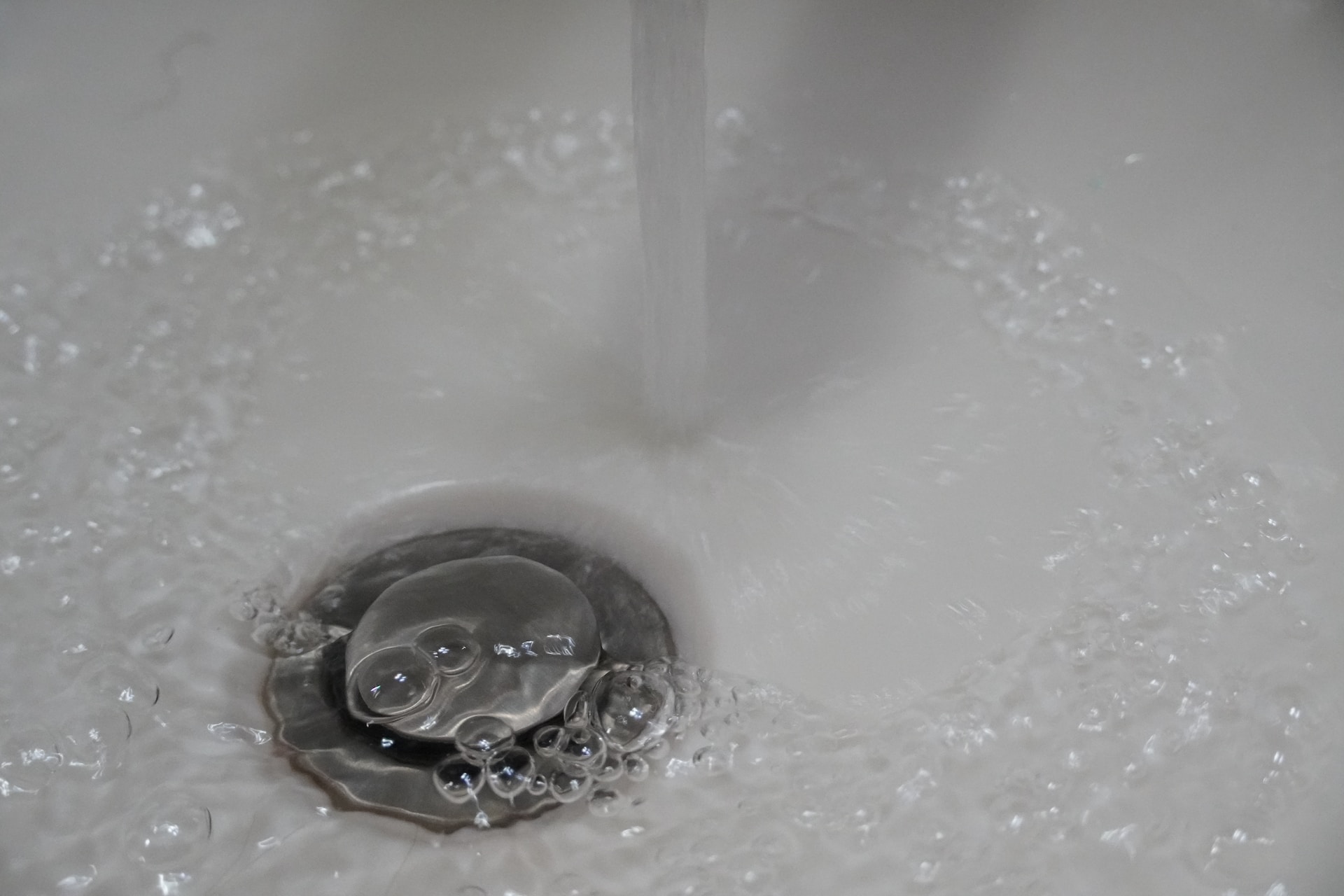Common Causes of Drain Clogs and How to Prevent Them
The sinks and drains in your home put up with a lot of use and abuse on a daily basis. And after years of draining water, food, hair, and more, it’s no wonder you may sometimes run into problems with clogged drains that slow water drainage or even lead to backups. Calling for professional Pittsburgh drain cleaning services is always an option when faced with a severe clog. However, it’s often possible to prevent drain issues in the first place or clear minor clogs on your own. Understanding the most common culprits behind clogged drains gives you the knowledge to nip problems in the bud.
Contents
Kitchen Sink Clogs
Your kitchen sink handles large volumes of water, bits of food, grease, and more on a daily basis as you wash dishes, clean produce, prepare meals, and carry out other kitchen tasks. Over time, all this debris can build up inside drain pipes and lead to clogged drains. Food items like rice, pasta, oatmeal, and produce peels tend to slip down the drain but then expand and get stuck. Meanwhile, grease and oil solidify, cling to pipe walls, and trap other gunk flowing down the drain.
You can help prevent kitchen sink clogs by:
- Using a catch screen or stopper to prevent food bits from slipping down the drain
- Regularly pouring boiling water down sinks, which can melt grease buildup
- Avoiding pouring oil or grease directly down drains – let it harden and throw it away instead
Bathroom Sink and Shower Clogs
Bathroom drains deal with hair, skin flakes, soap scum, and all sorts of things you wouldn’t want flowing into other areas of your home. Over time, this stuff collects and starts blocking water flow through drain pipes. Shower and bathroom sink clogs also often result from a buildup of hair and soap scum clinging to pipe walls.
To minimize bathroom clogs:
- Use hair catchers in shower and sink drains to grab loose hair before it goes down the pipe
- Apply enzyme cleaner regularly to eat away soap scum in bathroom drains
- Take apart pipes to manually remove hair at least once per year
Laundry Room Drain Clogs
Lint – the stuff you clean out of your dryer screen after each load – can be a major contributor to laundry room drain clogs. As you do load after load, lint gets washed into your utility sink or floor drain and starts accumulating. Since it’s made to trap moisture, wet lint sticks together and severely blocks water flow.
Prevent laundry drain issues by:
- Installing a lint catcher over laundry room drains
- Pouring boiling water weekly to clear light buildup
- Using a drain snake monthly to pull out accumulated lint, hair, and gunk
Main Sewer Line Clogs
Sometimes a drain issue extends beyond your fixtures and pipes to the main sewer lines carrying wastewater away from your Pittsburgh property. Sections of older clay pipes may have broken, settled, or developed cracks that enable roots, debris and sediment to intrude. Eventually, things flowing through the line get severely blocked, backing up plumbing throughout your home.
While sewer lines themselves are your responsibility, here’s how to reduce backup risk:
- Have sewer lines video inspected to identify potential problems
- Address sections with cracks, offset joints, root intrusions or deterioration
- Clear roots or obstructions manually with augering or high-pressure water jetting
Knowledge and Preventative Care are Key
Drain clogs arise from a variety of causes, ranging from the minor buildup of hair and gunk to serious sewer line breaks or blockages. While calling a professional plumber for drain cleaning may sometimes be necessary, a little knowledge about what commonly causes clogs can go a long way towards prevention. Making small changes to your habits, using protective devices, and taking preventative measures will help keep water freely flowing down the drain, so you avoid backups and expensive repairs.

